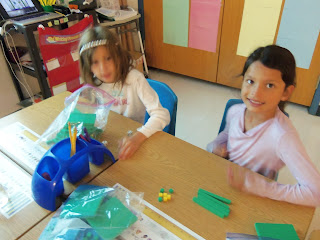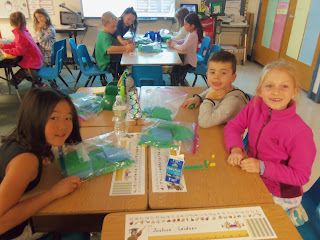Subtraction and regrouping with zeros
Number and Operations in Base Ten 2.NBT
B. Use place value understanding and properties of operations to add and subtract. 7. Add and subtract within 1,000, using concrete models or drawings and strategies based on place value, properties of operations, and/or the relationship between addition and subtraction; relate the strategy to a written method. Understand that in adding or subtracting three-digit numbers, one adds or subtracts hundreds and hundreds, tens and tens, ones and ones; and sometimes it is necessary to compose or decompose tens or hundreds.
I'll leave you with this joke:
Q: What do mathematicians eat on Halloween?
A: Pumpkin Pi.




































